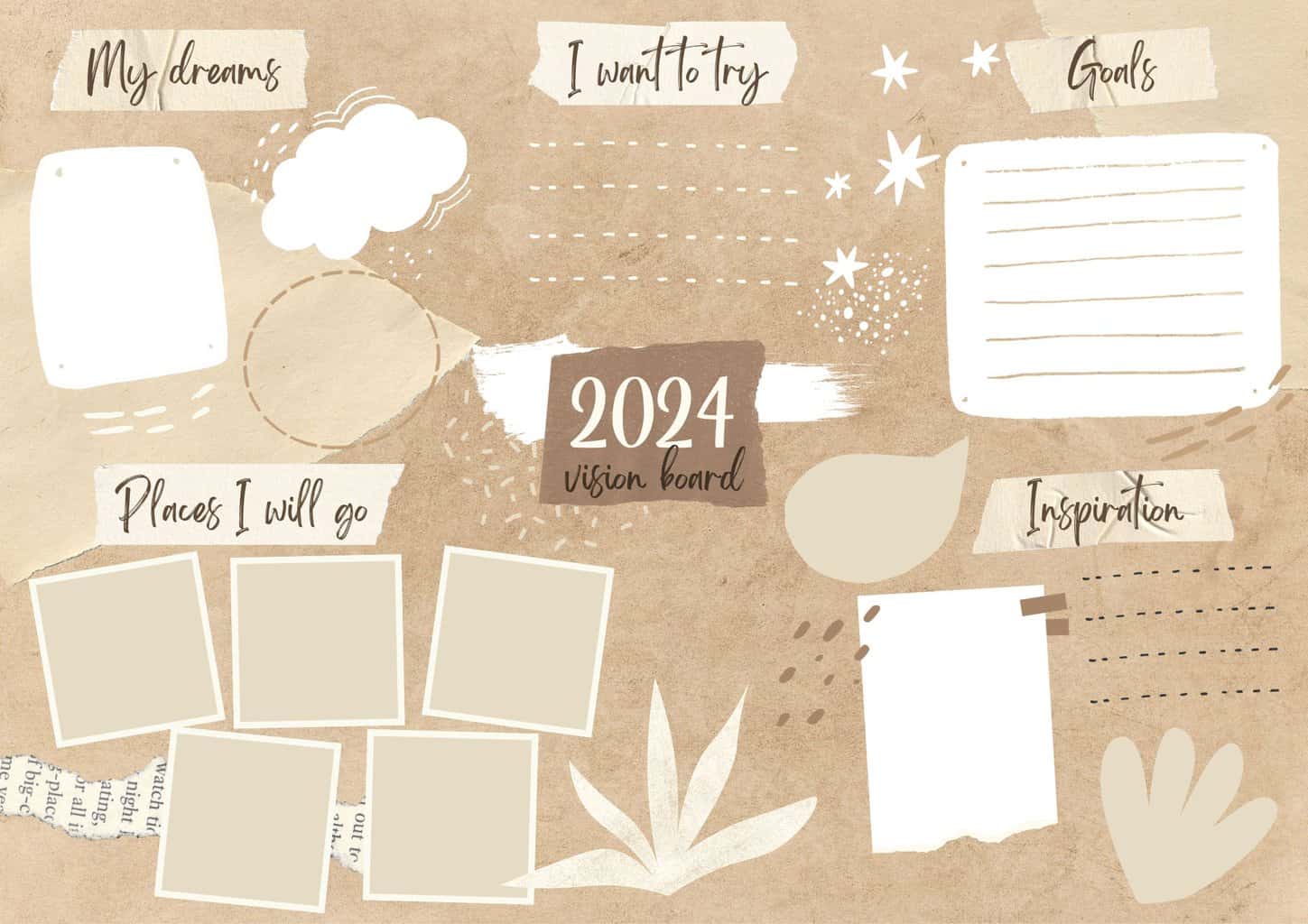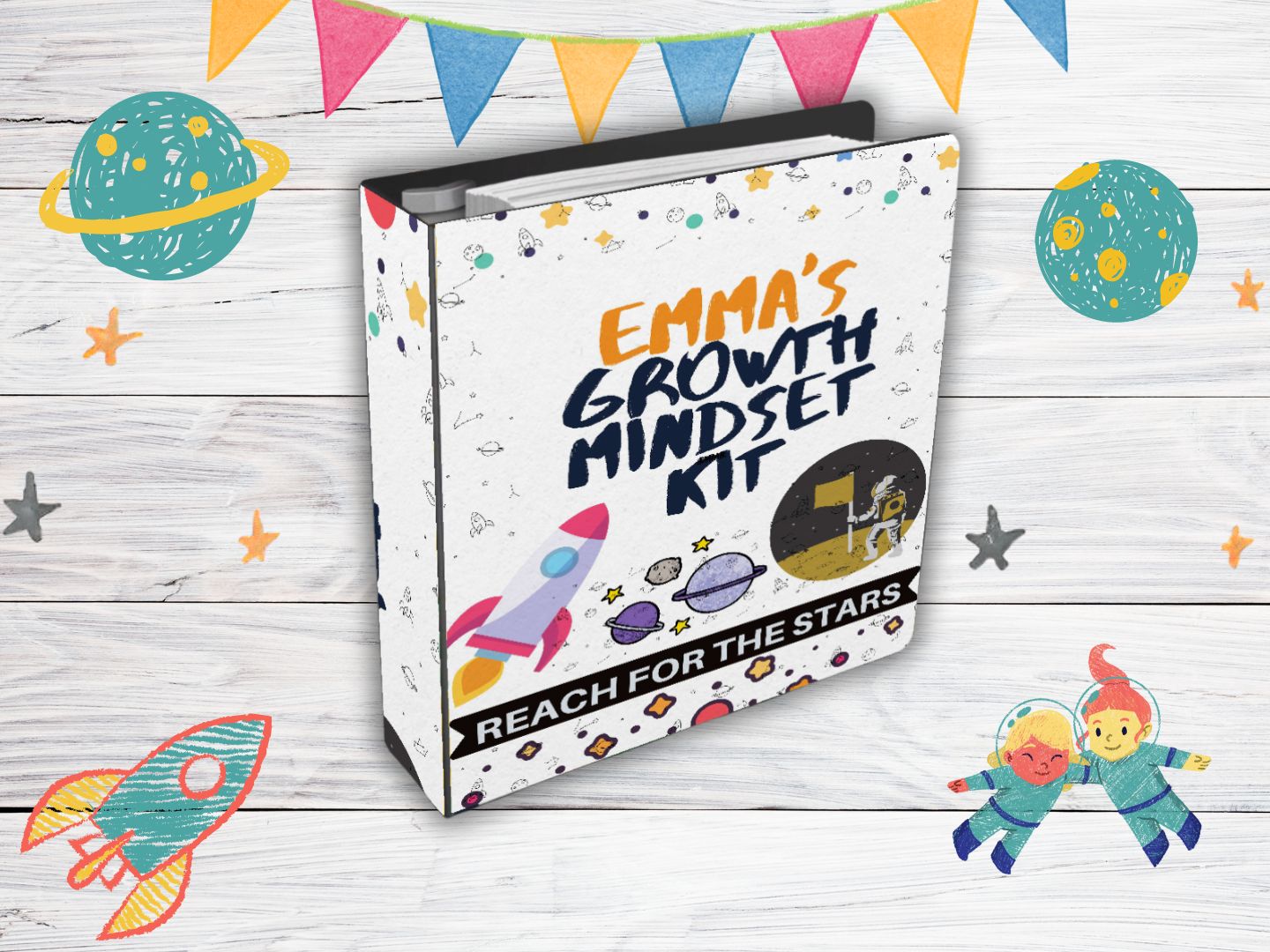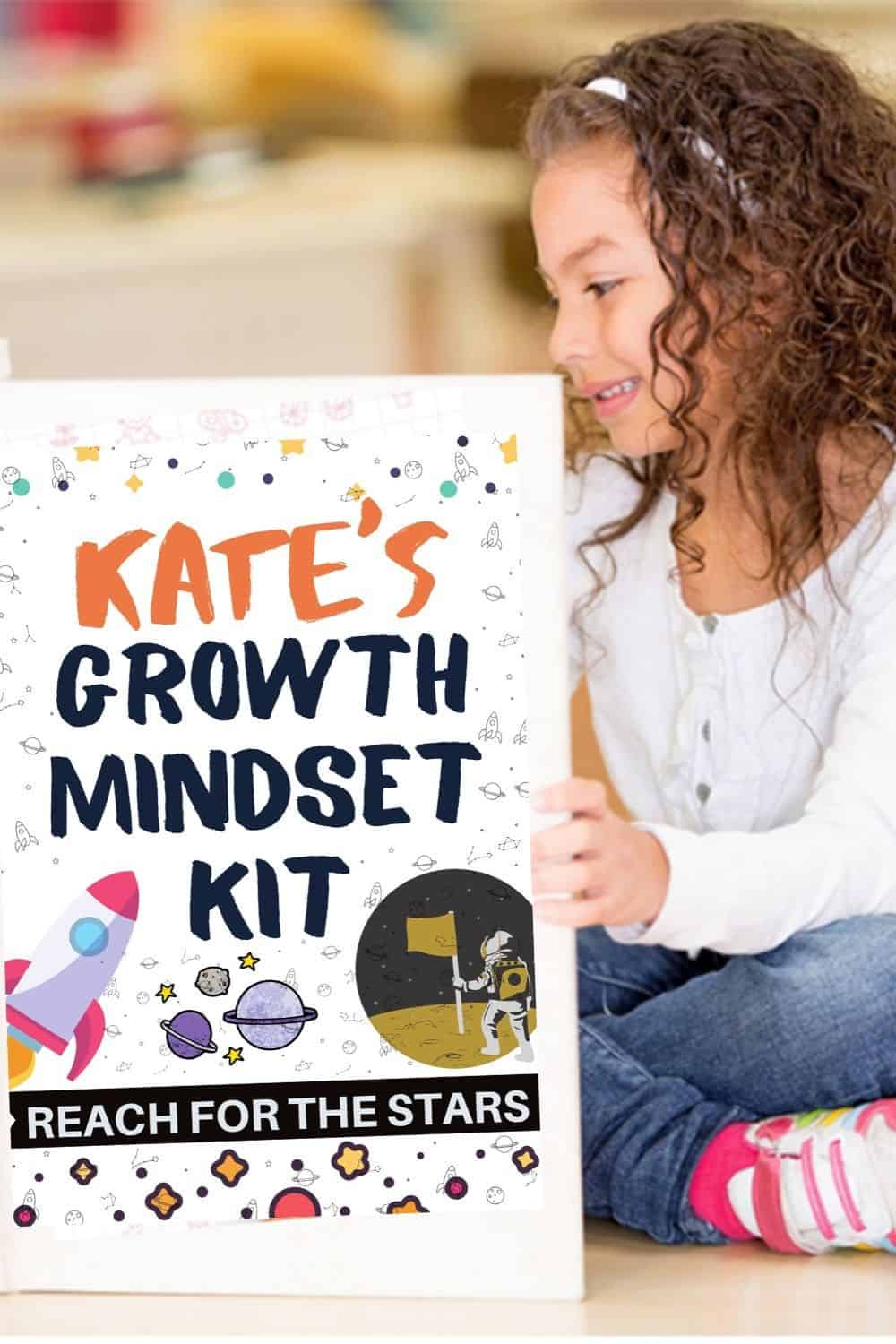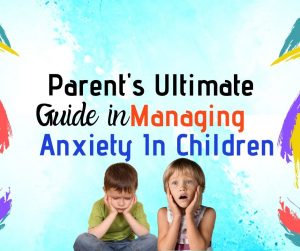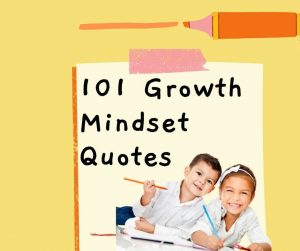Best growth mindset activities:
- Visualizing Goals: Vision Board Creation and Positive Affirmation Jars encourage goal-setting and positivity.
- Building Problem-Solving: Activities like the Fortune Teller Craft and Growth Mindset Domino Run foster collaborative problem-solving and imaginative thinking.
- Encouraging Reflection: TED Talk Discussions and Positive Message Stones foster self-awareness and growth.
As a mother of two, I’ve seen firsthand how a growth mindset activities can transform a child’s approach to learning and challenges. Embracing the idea that abilities and intelligence can be developed has been a game-changer in our home. With a mix of patience and enthusiasm, I’ve explored various activities to nurture this mindset in my kids, and I’m excited to share these insights with you.
Growth Mindset Activities for Kids
- Vision Board Creation
-
- Materials: Magazines, glue, scissors, poster board.
- Time: 1-2 hours.
- How-to: Guide kids to cut out images and words that represent goals and dreams. Discuss how each goal can be achieved through hard work and learning. This is a fun way to visualize future achievements and promote a positive mindset.
- Positive Affirmation Jars

-
- Materials: Jar, paper, pen.
- Time: 30 minutes to set up, ongoing daily activity.
- How-to: Write positive affirmations and growth mindset statements on pieces of paper. Each day, have the child draw one to read aloud, reinforcing positive self-talk and the concept of a growth mindset.
- Famous Failures Discussion
-
- Materials: Internet access, list of famous people who experienced failures.
- Time: 1 hour.
- How-to: Discuss the stories of famous personalities who overcame failures. This teaches kids that setbacks are part of the learning process and encourages them to embrace new challenges.
Growth Mindset Activities for Teens
- Bullet Journaling for Goals
- Materials: Bullet journal, pens, markers.
- Time: Varies, ongoing.
- How-to: Encourage teens to use bullet journals to set and track personal growth goals. Include sections for positive affirmations, goals, and reflections on progress. This encourages regular reflection and planning.
2. Inspirational Quotes Collage
-
- Materials: Magazines, poster board, glue, scissors.
- Time: 1-2 hours.
- How-to: Create a collage of inspirational quotes and images. Discuss each quote and how it relates to personal development and growth mentality.
3. Growth Mindset TED Talk Discussions
Materials:
-
- Access to the internet
- Device for watching videos (computer, tablet, or smartphone)
- Notebook and pen for taking notes
Time: 10 minutes to select a TED Talk 45 minutes to 1 hour (including watching and discussion time)
How-to: Choose and watch a TED Talk with teens on topics like personal growth or resilience. Follow up with a group discussion to explore new ideas and personal interpretations of a growth mindset. Encourage teens to write reflections on their learnings and apply these sessions regularly for continuous development
Growth Mindset Activities for Preschool
-
- Materials: Picture book “The Magical Yet” by Angela DiTerlizzi.
- Time: 30 minutes.
- How-to: Read the book and discuss the concept of ‘yet’, emphasizing that skills and abilities are developed over time. This is a great way to introduce young children to the idea of a growth mindset.
2. Growth Mindset Songs and Dances
-
- Materials: Music player, song list.
- Time: 30 minutes.
- How-to: Use songs with lyrics that promote a growth mindset. Dance and sing along to reinforce the messages in a fun, interactive way.
3 . Simple Yoga Poses
-
- Materials: Yoga mat.
- Time: 20-30 minutes.
- How-to: Teach simple yoga poses, emphasizing patience and practice. This is a great activity to introduce the concept of personal growth and improvement through practice.
Growth Mindset Activities for Middle School
- Growth Mindset Bulletin Board
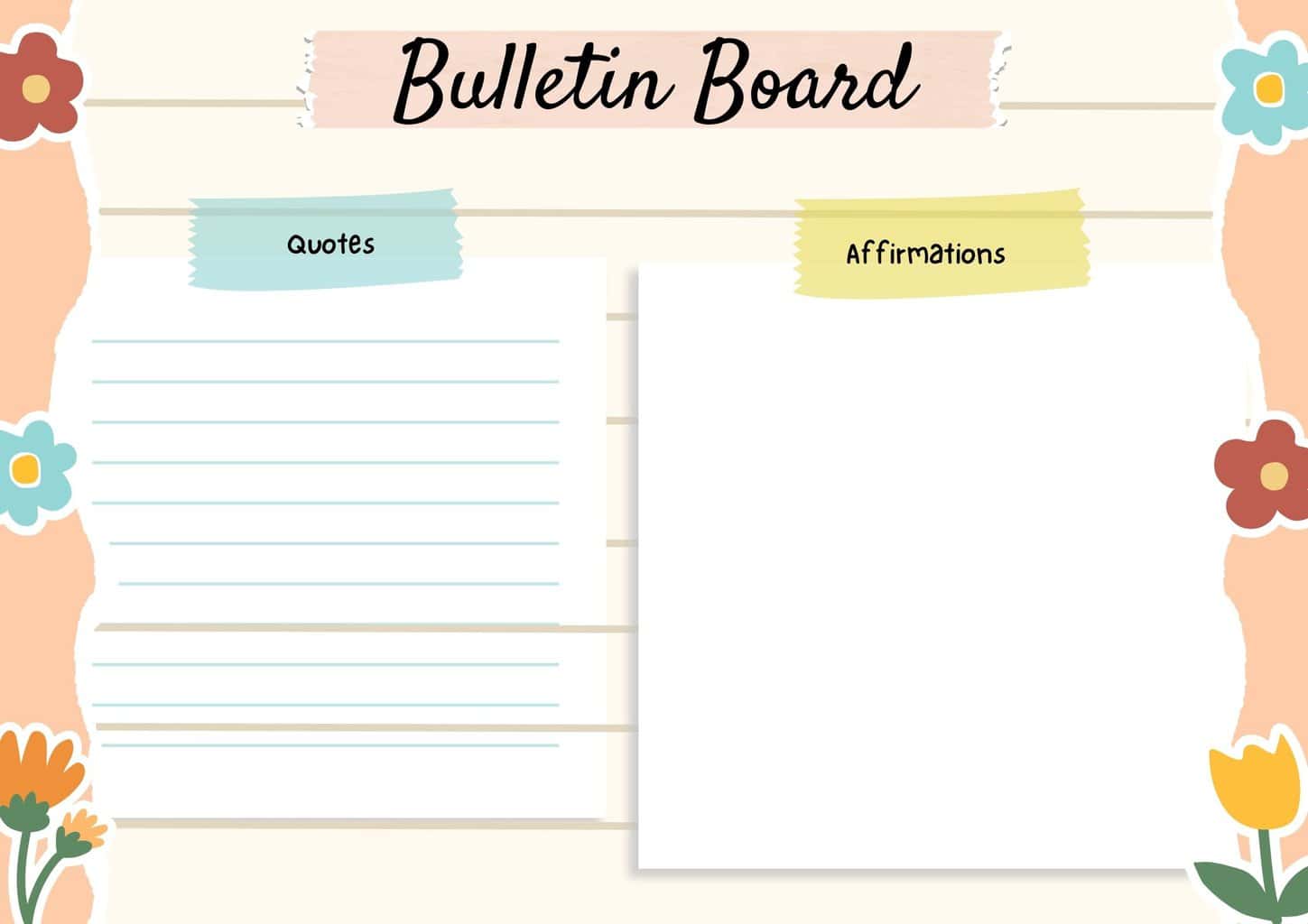
-
- Materials: Bulletin board, paper, markers, student contributions.
- Time: Ongoing throughout the school year.
- How-to: Create a bulletin board where students can post growth mindset quotes, personal achievements, and new skills they’ve learned. It’s a great addition to the growth mindset classroom.
2. Famous Failures Research Project
-
- Materials: Internet access, presentation tools.
- Time: Several class periods.
- How-to: Have students research and present on famous individuals who overcame challenges. This illustrates the benefits of a growth mindset and resilience.
3. Interactive Growth Mindset Workshop
-
- Materials: Worksheets, group discussion topics.
- Time: 1-2 hours.
- How-to: Conduct a workshop where students engage in discussions and activities about growth versus fixed mindset. Use scenarios to facilitate understanding and application of these concepts.
Growth Mindset Activities for Year 6
- Anchor Chart Creation
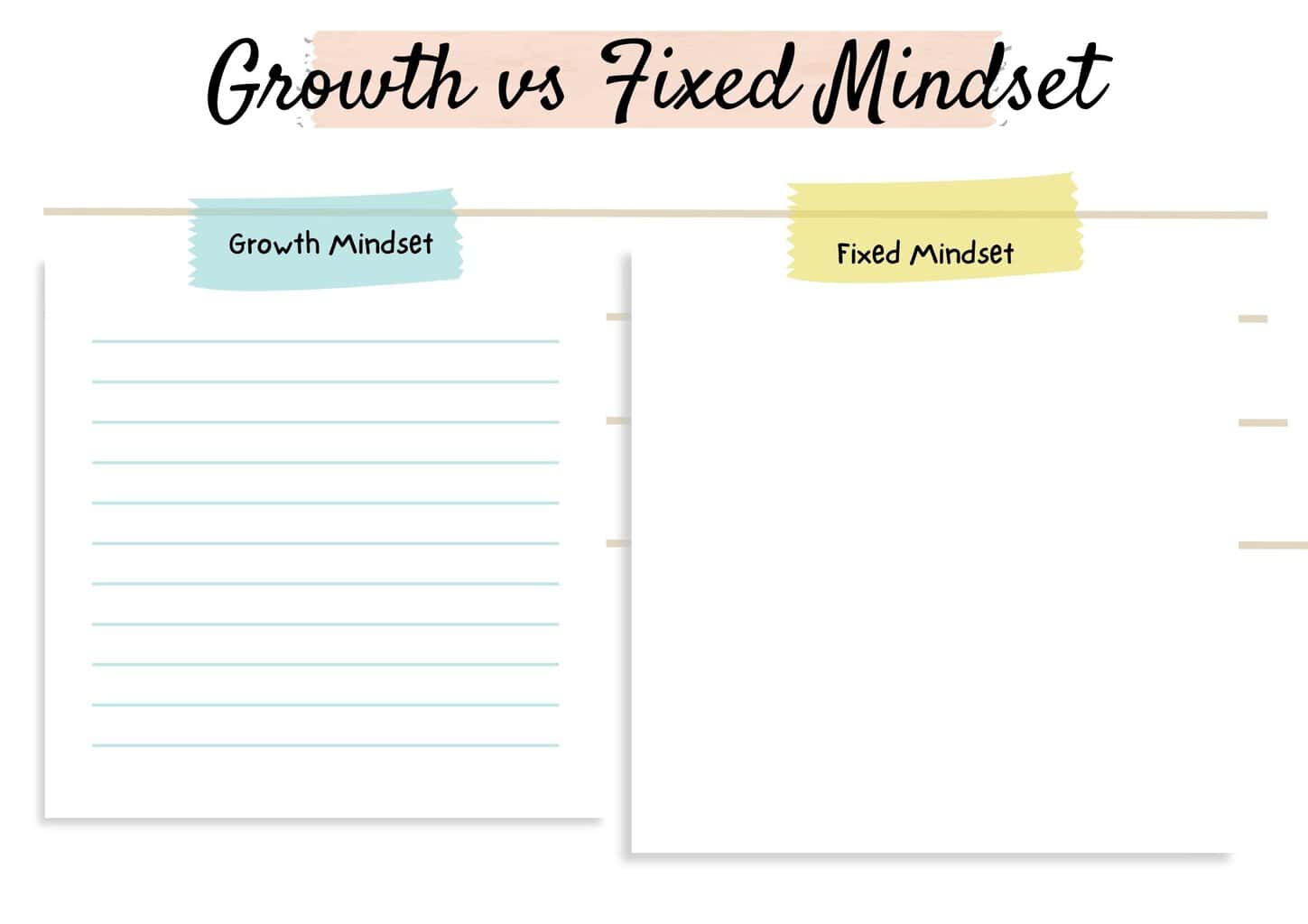
-
- Materials: Large paper, markers, student input.
- Time: 1 hour.
- How-to: Collaboratively create an anchor chart in class that highlights key growth mindset phrases versus fixed mindset phrases. This serves as a visual reminder for students to maintain a growth mindset.
2. Personal Growth Reflection Essays
-
- Materials: Paper, pens.
- Time: 1-2 class periods.
- How-to: Have students write essays reflecting on a time they overcame a challenge. This encourages self-reflection and recognition of personal growth.
3. Growth Mindset Book Club
-
- Materials: Selection of growth mindset books, discussion questions.
- Time: Varies, weekly meetings.
- How-to: Organize a book club focused on growth mindset books. Discuss themes and lessons learned, applying them to personal experiences.
Growth Mindset Activities for Year 3
- Fortune Teller Craft
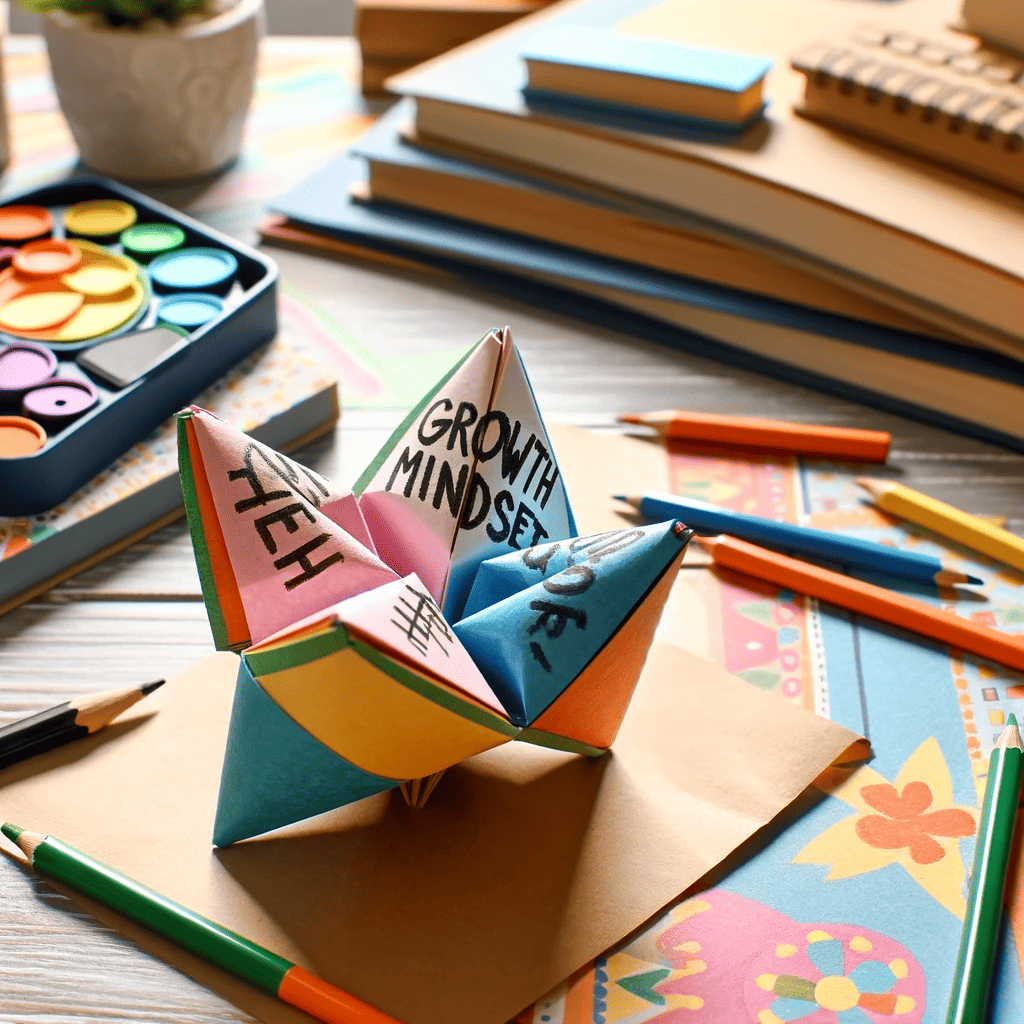
-
- Materials: Colored paper, markers.
- Time: 30 minutes.
- How-to: Create fortune tellers with growth mindset statements inside. Kids can play with these and reinforce positive messages about learning and personal development.
- Positive Message Stones

-
- Materials: Stones, paint, brushes.
- Time: 1 hour.
- How-to: Paint stones with positive growth mindset messages. These can be used as desk ornaments to remind students of their potential and positive attitude.
3 Mindset Definitions Matching Game
-
- Materials: Printed mindset statements, envelopes.
- Time: 30 minutes.
- How-to: Create a game where students match statements to either a growth or fixed mindset. This helps them understand the difference in thought processes.
Growth Mindset Activities for KS1
- ‘Your Fantastic Elastic Brain’ Story Time
- Materials: Book “Your Fantastic Elastic Brain” by JoAnn Deak.
- Time: 30 minutes.
- How-to: Read and discuss the book. Engage in activities that demonstrate how our brains grow and learn, highlighting the concept of growth mindset for young children.
2. Puzzle Challenges
-
- Materials: Age-appropriate puzzles.
- Time: Varies.
- How-to: Encourage children to solve puzzles, emphasizing that it’s okay to take time and make mistakes. This is a fun way to develop problem-solving skills and perseverance.
3. Role-Playing Different Scenarios
-
- Materials: Scenario cards, props.
- Time: 1 hour.
- How-to: Role-play different scenarios where children have to overcome challenges. Discuss the importance of trying new things and learning from mistakes.
Growth Mindset Activities for KS2
- Goal Setting Workshop
- Materials: Goal setting worksheets, pens.
- Time: 1-2 hours.
- How-to: Conduct a workshop to teach children how to set and achieve goals. Discuss the importance of hard work and persistence in achieving these goals.
- Download the Goal Setting & Productivity worksheet
2. Growth Mindset Domino Run
Materials: Dominoes, paper, pen.
Time: 40 minutes to 1 hour.
How-to: Students create a domino pattern, symbolizing step-by-step progress towards goals. After toppling the dominoes, they discuss how small efforts lead to significant outcomes and how setbacks are learning opportunities.
3. ‘I Can’ Poster Creation
Materials: Poster board, markers, decorative items.
Time: 45 minutes to 1 hour.
How-to: Students design a poster with personal affirmations starting with ‘I can.’ This activity encourages positive thinking and goal setting. The completed posters are shared and displayed as a reminder of their growth mindset goals.
Growth Mindset for High School
- Personal Development Plan
- Materials: Personal development plan template, pens.
- Time: Ongoing.
- How-to: Guide students to create a detailed plan for personal and academic growth. Include short-term and long-term goals, and strategies to overcome obstacles.
2. Debate on ‘Mindset: The New Psychology of Success’
-
- Materials: Book “Mindset: The New Psychology of Success” by Carol Dweck, debate guidelines.
- Time: 2-3 class periods.
- How-to: After reading the book, organize a debate on its concepts. This encourages critical thinking and deeper understanding of the growth mindset philosophy.
Don’t forget to check out the personalised Growth mindset activities kit
Difference Between Growth Mindset and Fixed Mindset
- Growth Mindset: Belief that abilities and intelligence can be developed through dedication and hard work. It fosters a love for learning and resilience.
- Fixed Mindset: Belief that abilities and intelligence are static traits and cannot change. It often leads to avoiding challenges and feeling threatened by others’ success.
Examples of growth mindset
- I am ready to ask for help
- Progress takes time
- I like to learn new things
- Success needs effort
- I am inspired by others
Check out the screen-free challenge book for children that encourages growth mindset & mindfulness
Was this helpful?
Good job! Please give your positive feedback
How could we improve this post? Please Help us.

